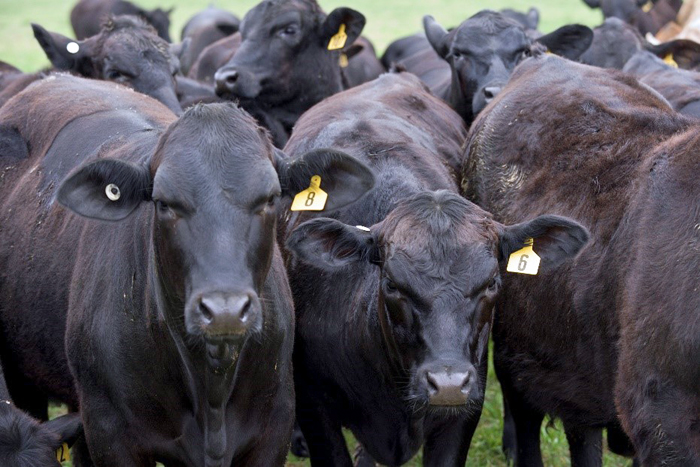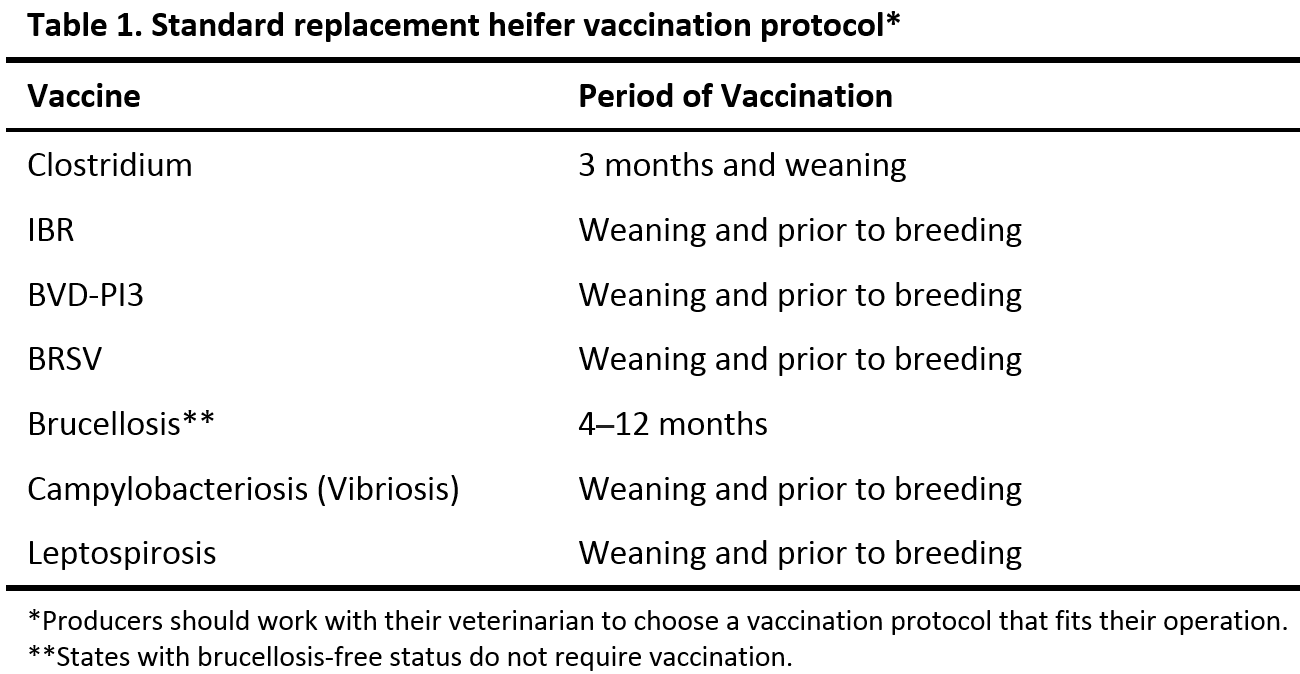
Figure 1. Replacement beef heifers at the University of Florida’s North Florida Research and Education Center.
Pedro L. P. Fontes and G. Cliff Lamb, University of Florida – North Florida Research and Education Center, Marianna, FL
The efficiency of post-weaning development of heifers has a major impact on the overall profitability of cow-calf operations. To ensure satisfactory performance during the first breeding season, replacement heifers must be subjected to an adequate development program. A program should provide proper conditions for heifers to conceive, maintain full-term pregnancies, calve without assistance, wean a healthy calf, and conceive again as first calf-heifers. Knowledge of the basic physiology underlying heifer performance and the available breeding preparation strategies is important. This awareness allows producers to adjust their replacement heifer system and increase the economic returns of their operations.
Age at puberty is a major factor that influences reproductive success of beef heifers. Ideally, heifers should reach puberty approximately 60 days before the beginning of their first breeding season, increasing their chances of becoming pregnant and allowing them to conceive earlier in the season. The timing of first conception is also important to the overall productivity of a heifer. Females that calve at the beginning of their first calving season have been shown to have a greater probability of pregnancy in the subsequent breeding season when bred as first-calf heifers. Cows that calve at the beginning of the calving season wean heavier calves and stay productive in the herd for a longer period of time. Therefore, increasing the proportion of beef females that calve earlier can increase the economic returns of cow-calf producers. Management strategies that lower the age at which heifers reach puberty can have a great impact on the reproductive efficiency of beef heifers and positively affect overall profitability for the producer.
It is well-documented that nutrition is a key factor that influences age at puberty and, consequently, reproductive performance of heifers. An adequate plane of nutrition is required for pregnancy to occur. When establishing the nutritional scheme for a heifer development program, it is important to consider that Bos taurus (European) beef heifers generally reach puberty at 55–60% of their expected mature body weight. With that in mind, the use of a target average daily gain (ADG) is a common and effective way to prepare heifers for breeding. It is recommended that Bos indicus (Brahman) influenced heifers achieve 60–65% of their mature body weight before the breeding season starts. A nutritional program should be capable of providing sufficient energy and protein to heifers so they can attain this final target weight before the beginning of the breeding season.
Dystocia, or calving difficulty, is a constant concern in heifer management. The incidence of dystocia is increased in heifers that are not fully grown at the time of first calving. Heifers with small pelvic areas are more likely to have greater calving difficulty. The measurements of pelvic area can help producers determine which animals are ready to be exposed to breeding and decrease the risk of dystocia by helping them select animals with larger birth canals.
Another valuable pre-breeding strategy is the use of reproductive tract scores (RTS). The RTS is utilized to assess reproductive maturity and determine a heifer’s ability to conceive. Through rectal palpation or ultrasonography, the reproductive tract structures are evaluated. Each heifer receives a score from 1 to 5 based on their uterine and ovarian characteristics. This information allows producers to select heifers that have greater chances of becoming pregnant as replacement heifers and to potentially cull late-maturing females.
Adequate herd health is essential for optimal performance. Several diseases (such as Infectious Bovine Rhinotracheitis, Bovine Viral Diarrhea, brucellosis, leptospirosis, trichomoniasis, campylobacteriosis, neosporosis) can cause embryonic loss and abortion, which result in significant economic losses. Fortunately, the majority of diseases in heifers can be controlled with proper vaccination protocol and adequate nutrition. Standard vaccination protocols are available (Table 1), but working closely with veterinarians once they have become familiar with the operations and the local diseases that can impact the herd is advisable. The veterinarian also has an important role in the establishment of management strategies that assist in the control of infectious diseases. An example of management strategy is the breeding soundness examination of bulls prior to the breeding season, which helps to control certain diseases and prevent poor results related to male infertility. The control of parasites is also important. Adequate deworming protocols are required to guarantee desirable animal performance. The profitability of beef cow-calf operations depends on an adequate heifer replacement system. The reproductive performance of heifers relies on the use of adequate management strategies during the pre-breeding period. Understanding the mechanisms that control the age of puberty can help producers comprehend the available heifer development strategies and customize a development program that fits their own operations.
The profitability of beef cow-calf operations depends on an adequate heifer replacement system. The reproductive performance of heifers relies on the use of adequate management strategies during the pre-breeding period. Understanding the mechanisms that control the age of puberty can help producers comprehend the available heifer development strategies and customize a development program that fits their own operations.
For additional information, feel free to contact Dr. Lamb at the University of Florida’s North Florida Research and Education Center, Marianna.
- Prebreeding Management for Successful Development of Beef Replacement Heifers - December 16, 2016
- Fetal Versus Maternal Contributions of Bos indicus Genetics to Offspring Growth - July 22, 2016
- Understanding Fetal Programming in Cattle - March 11, 2016
